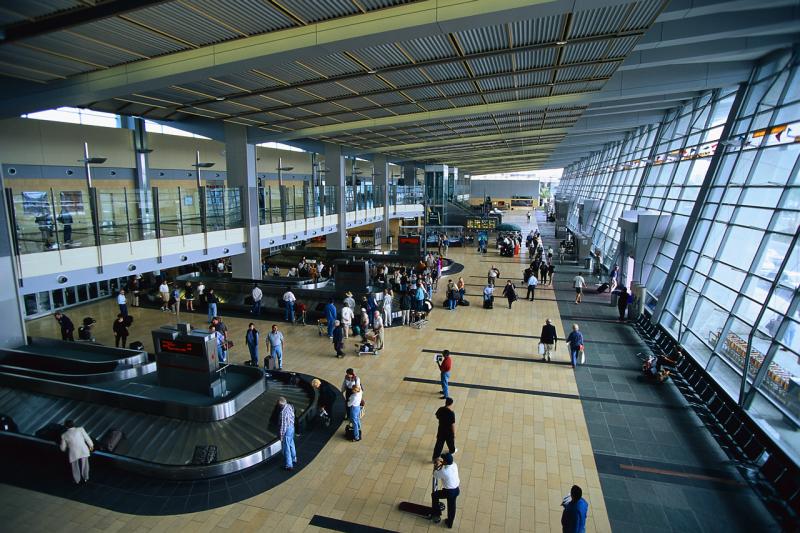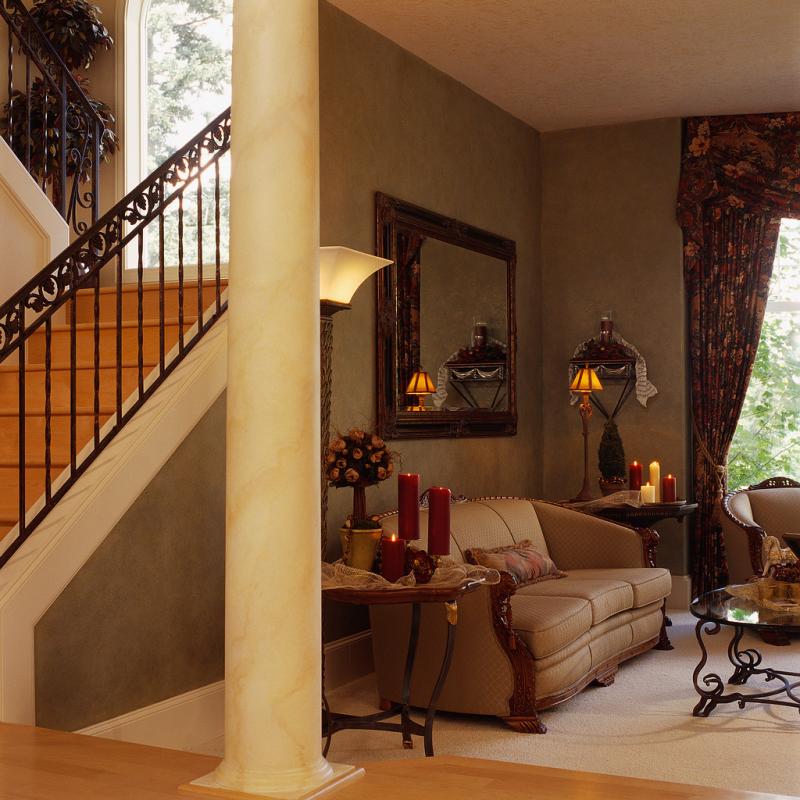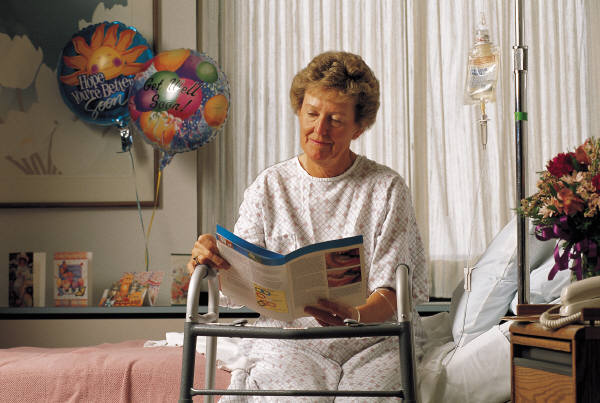 Wisdom Consultants
Wisdom Consultants
(Environmental Health, Industrial Hygiene & Safety)
Wisdom Consultants
Edmonton, AB
Canada
ph: 780-461-5907 OFFICE
fax: 780-461-5907 FAX
alt: 780-819-5907 CELL
info
INDOOR AIR QUALITY (IAQ) / INDOOR ENVIRONMENT
What We Offer
We conduct air sampling in non-industrial settings as well as industrial ones. By definition, 'indoor air quality' studies are non-industrial. The source of contamination for indoor air quality (IAQ) studies may not be evident. Therefore, a preliminary investigation may be the best approach. We may also need to conduct an illness investigation or interviews to sort out the nature of the complaints. Symptoms can often help us determine the source of the problem.
Once the source or type of contamination is narrowed down, air sampling can be done. We may give recommendations after the initial probe so that air sampling is not necessary. But, we have the expertise to conduct air sampling for all the known indoor air quality contaminants. The steps are as follows:
- Preliminary investigations
- Illness investigations or interviews
- Air sampling (possibilities are VOCs, formaldehyde, ozone, carbon monoxide, carbon dioxide, plastics, mold, and many others).
- Putting all data together to draw conclusions.
What does Indoor Air Quality Mean?
'Indoor Air Quality' as a professional discipline is an off-shoot from 'Industrial Air Quality'. Industrial air quality is evaluated by Industrial/Occupational Hygienists. Contaminants in industry are usually produced by industrial processes. Examples are welding fume, wood dust, & vapours/ aerosols from spray painting. Concentrations may be high, sometimes above legal exposure limits, often in the "parts per million" range.
In peer literature, the term 'INDOOR AIR QUALITY' specifically refers to air quality in non-industrial buildings. Non-industrial buildings may be:
- Public Buildings
- Office Buildings
- Schools
- Hospitals, and
- Homes.
In the case of 'indoor air quality', the contaminants emanate from building structures, themselves, such as furniture, office equipment, vehicles, or people. Examples are:
• formaldehyde, • ozone, • carbon monoxide, • carbon dioxide, • off-gassing plastics, and • mold (living organisms).
Investigations for 'indoor air quality' are mainly complaint-based. Very often, people feel ill. The airborne concentrations of contaminants in office buildings and homes are much lower than those found in industrial situations, and can be in the "parts per billion" range. These low concentrations are well below legal exposure limits. This is because the concentration of air contaminants tolerated inside non-industrial settings is much lower than those allowed in industrial settings. Theoretically, one should not expect higher concentrations of contaminants indoors than one would find outdoors (that is, if industrial contaminants are not being generated). Also, the population that occupies office buildings, schools, health care settings, and homes is often different from that in industry. The 'indoor air quality' group in offices consist of a different segment of the population than industrial workers. Industrial workers as a group tend to be healthier than office workers. Office workers, thoes in public buildings, hospitals & schools may be more susceptible to the ill effects from air contaminants. Thus, contaminants in these settings should be kept at lower levels than those in industry.
LEED INDOOR AIR SAMPLING -
New Green ConstructionLEED stands for Leadership, Energy, Environmental, Design. This means green construction. For LEED, air sampling is done prior to building commissioning and before occupancy. We can sample for the indoor contaminants required in the LEED protocol. These contaminants are:
- total VOCs
- formaldehyde
- particulates (PM10), and
- carbon monoxide.
Sometimes, 4-Phenylcuclohexene (4-PCH) sampling is also required if styrene butadiene rubber (SBR) latex backing material has been used in base building systems. (USGBC. 2005. LEED for New Construction & Major Renovations, Version 2.2).
If you are not completely satisfied, please let us know and we will try to accomodate your wishes.
Call us to discuss your indoor air quality issue. We can help!
780-461-5907 office
780-819-5907 cell
Public Buildings
Offices
Homes
Hospitals & Nursing Homes
New Construction
Copyright 2023 Wisdom Consultants (Environmental Health & Safety). All rights reserved.
Wisdom Consultants
Edmonton, AB
Canada
ph: 780-461-5907 OFFICE
fax: 780-461-5907 FAX
alt: 780-819-5907 CELL
info




